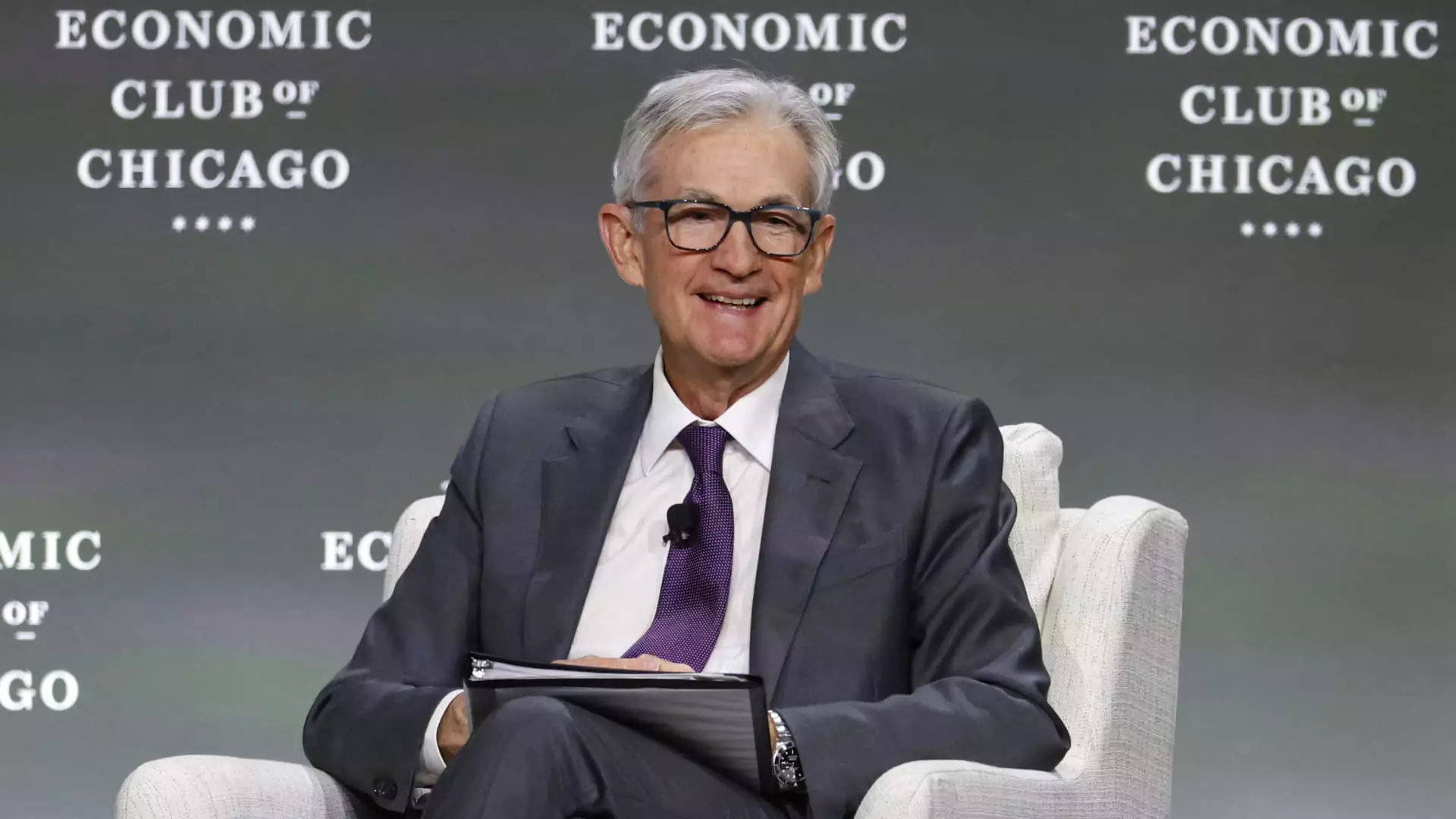The Federal Reserve is a pivotal institution in the U.S. economy, intricately balancing multiple economic levers to maintain stability. As it convenes for its highly anticipated policy decision this week, the prevailing sentiment should be one of caution rather than action. The intricate relationship between various economic complexities—such as unresolved trade issues, mounting consumer pessimism, and fluctuating inflation expectations—creates an environment where aggressive policy changes could backfire spectacularly.
Donald Trump’s trade tariffs loom large over market dynamics and consumer sentiment alike. The White House maintains a position rife with uncertainty as trade discussions progress. However, without concrete measures or a roadmap ahead, the Fed must navigate this ambiguous landscape with prudence. Jumping to modify interest rates could send shockwaves through an already vulnerable economy. It is vital for the Fed to wait until the economic panorama clarifies.
Inflation Signals and Consumer Sentiment
Amidst this backdrop, mixed economic data reveals a paradox. While recent job reports indicate a surprising uptick in employment with 177,000 new jobs added, underlying metrics tell a different story. Consumer optimism is at alarming lows, suggesting that individuals lack confidence in economic resilience. This skepticism contributes to an atmosphere ripe for inflationary pressures, with expectations not just inching upward but sprinting toward levels not seen in decades.
An unobservant shift in monetary policy under these conditions could misalign the Fed’s goals. It’s imperative to recognize the disconnect between fleeting job numbers and more deeply rooted consumer anguish. By taking a step back, the Federal Reserve may observe how inflation transforms from mere anticipation into a genuine economic challenge before acting. In the face of uncertainty, it’s often wiser to hold steady rather than plunge in recklessly.
Market Expectations: The Balancing Act
Market expectations regarding interest rates have also been volatile, reflecting both public mood and economic predictions. Currently, futures markets show an overwhelming belief that no rate cuts will emerge in the immediate meeting, with only a slim chance of action later in June. These insights underscore a collective call to delay policy changes and await firmer indicators of economic health.
Vincent Reinhart, a seasoned former Fed official, astutely articulates the precarious position facing policymakers and highlights that expectations are the cornerstone upon which future actions should rest. A hasty decision spurred by optimism could blindside the Fed when faced with reality. Comprehensively assessing incoming data should take precedence before any monetary adjustments are considered.
A Cautious Approach: The Path Forward
Central bankers must exhibit caution, as Tony Rodriguez states, projecting an air of patience while keeping an eye on employment fluctuations. But patience does not imply stagnation. There’s a delicate balance between waiting and failing to act decisively in the face of a looming economic downturn.
Experts believe that only by giving it some time—around June or July—will viable data emerge to reassess the employment market and wider economic climate. The Fed’s upcoming meeting lacks updates to its economic projections or dot plots, necessitating that policy changes be carefully scripted based solely on sparse evidence from previous economic activity. This careful navigation represents not just prudence but a profound understanding of the economic ecosystem.
Political Interference: A Complex Dynamic
One especially potent factor complicating the Fed’s decision-making is the outside influence of political narratives, particularly those from the Trump administration. The president’s ongoing push to cut interest rates, coupled with fluctuating messages on trade policy, underscores an inherently chaotic economic environment. As the Fed maneuvers through these external pressures, it finds an anchor in its commitment to data-driven policy.
This obligation renders it distinct from the whims of political favor. Jay Powell, the Fed Chair, is tasked with articulating a vision that resists succumbing to political pressure to act prematurely. If internal divisions within the committee develop in response to political firestorms, it could jeopardize the Fed’s integrity. It’s vital for Powell to not only persist in maintaining unity but also remind fellow policymakers of their core values as independent economic stewards.
The Road Ahead: Supply and Demand
As the Federal Reserve heads into this pivotal meeting, it stands at the crossroads of action and inaction. With inflation anxiety simmering and the economic backdrop teetering between optimism and despair, it’s not just a matter of waiting for data; it is about strategically positioning the central bank for enduring long-term stability amidst repeated shocks.
A strategy based on resolving tangible economic signals, rather than speculative fears, must prevail. The Fed has the ultimate responsibility to see through flux and guide U.S. economics toward a deliberate and sustainable trajectory. In reality, embracing this period of inaction may ultimately serve as the least disruptive choice for the current state of the economy.

